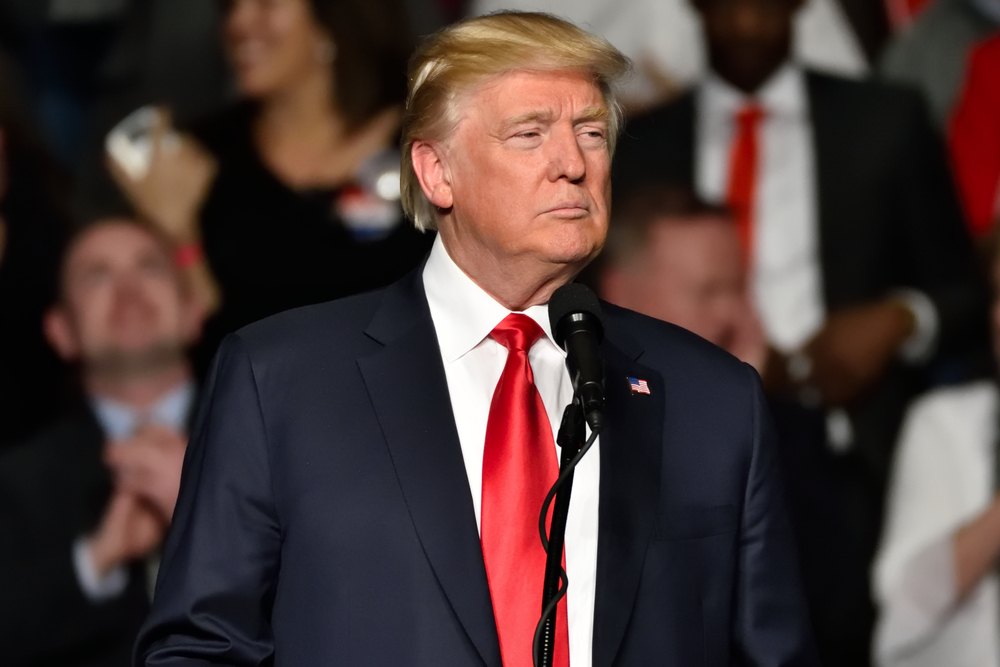Even before Trump got elected as the president, he has never been a fan of the Trans-Pacific Partnership. He has always thought of it as some sort of a bad deal for the country. In an ad for the Americans for Limited Government in 2015, he mentioned how he had learned that when it comes to business, a bad deal can actually be considered as a worse deal compared to not having a deal at all.
Trump said that when Obama signed the Trans-Pacific Partnership, he immediately thought how bad it is that it would affect American businesses so that would also reflect on the workers and consumers. His opinions regarding the Trans-Pacific Partnership overflowed on Twitter, even after he announced that he will run for office.
His opponent at the presidential race, former Secretary of State, Hillary Clinton, said that she also does not think that TPP is a good idea for the country. This is despite the fact that she was actually the one who proposed this to the Obama administration where she even referred to it as a “gold standard.” Rumor has it that Trump seems to be changing his mind about the TPP and actually have plans on rejoining it.
The Trans-Pacific Partnership is an attack on America's business. It does not stop Japan's currency manipulation. This is a bad deal.
— Donald J. Trump (@realDonaldTrump) April 22, 2015
What is Trans-Pacific Partnership?
When Trump announced that he actually now want to explore the possibilities of re-entering the TPP, many people have started wondering what exactly it is and how it would benefit the country. TPP actually started with 12 nations all over the world consisting of the United States, Japan, Brunei, Canada, Chile, Malaysia, Mexico, New Zealand, Peru, Vietnam, and Singapore.
These are the countries that border the Pacific Ocean and in February of 2016, they signed the TPP to represent the world’s economic output. The goal of this partnership is to strengthen the economic ties in between the said nations by slashing the tariffs and boosting trade growth.
Economists said that this is designed to work like the European Union. It was Obama who signed the US up for this since one of his priorities is to make trade deals, however, small business thought of it as it only helped big businesses and the other nations. This is known to be one of the main reasons why current United States President Donald Trump made sure that the U.S. would withdraw but he is changing is mind now.
 Alex_Po / Shutterstock
Alex_Po / Shutterstock
Would only join TPP if the deal were substantially better than the deal offered to Pres. Obama. We already have BILATERAL deals with six of the eleven nations in TPP, and are working to make a deal with the biggest of those nations, Japan, who has hit us hard on trade for years!
— Donald J. Trump (@realDonaldTrump) April 13, 2018
Trump Plans On TPP
In 2016, Donald Trump was elected as the 45th president of the United States and he said in a video that one of the very first things he would do is to withdraw from the Trans-Pacific Partnership. He said that he would issue a notification regarding his decision for withdrawal because it might cause disaster for the country.
Trump signed an executive order wherein it says that the U.S. is withdrawing from the TPP. During the World Economic Forum in Switzerland, a year after this withdrawal, the president said that he may actually consider rejoining if the other countries would make a better deal. Last March, 11 countries have actually signed a free-trade deal that is known as the Comprehensive and Progressive Agreement for the Trans-Pacific Partnership or TPP11.
Just a few days ago, Trump actually ordered some of the officials to check and get to know the TPP11 since he may consider rejoining. Some of his officials were actually surprised by the president’s order since this is contradicting to what he just did with the tariffs and trade war against China.
 Evan El-Amin / Shutterstock
Evan El-Amin / Shutterstock
Trump then tried to explain his decision by posting a tweet saying that he simply want to modify the original TPP and would want to look more into it so it could be a better deal for the US. Despite his intentions of rejoining, some foreign officials believe that it might actually be too late for the U.S. to rejoin. According to Japan’s Prime Minister, Toshimitsu Motegi, who is also the one in charge of the Trans-Pacific Partnership, It will indeed be incredibly difficult for the other 11 countries to adjust if the TPP will have changes just to accommodate the U.S.





